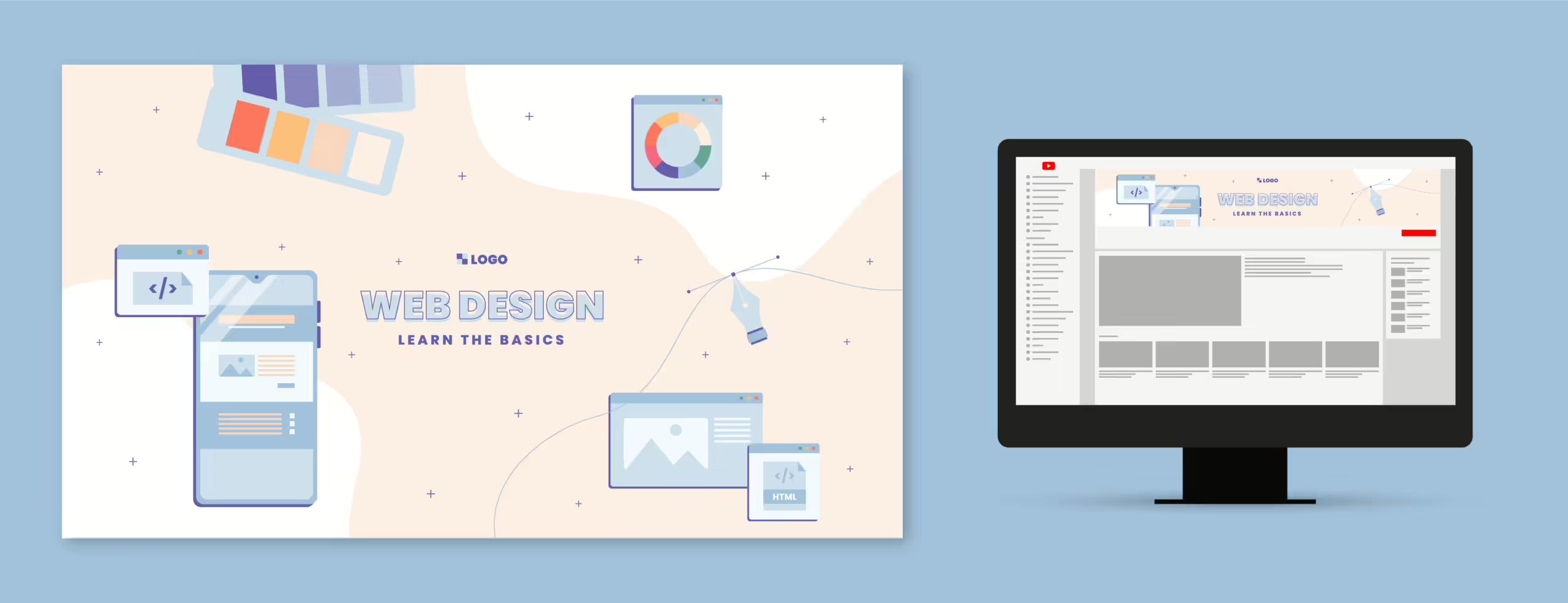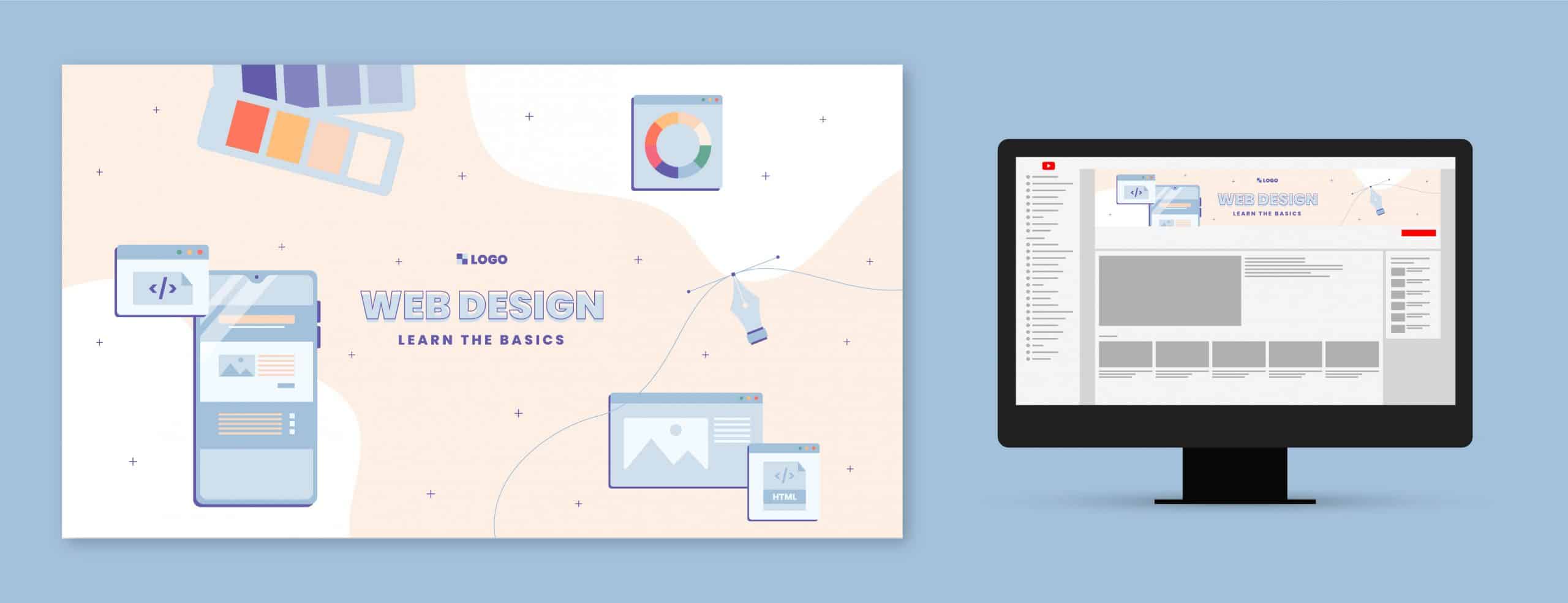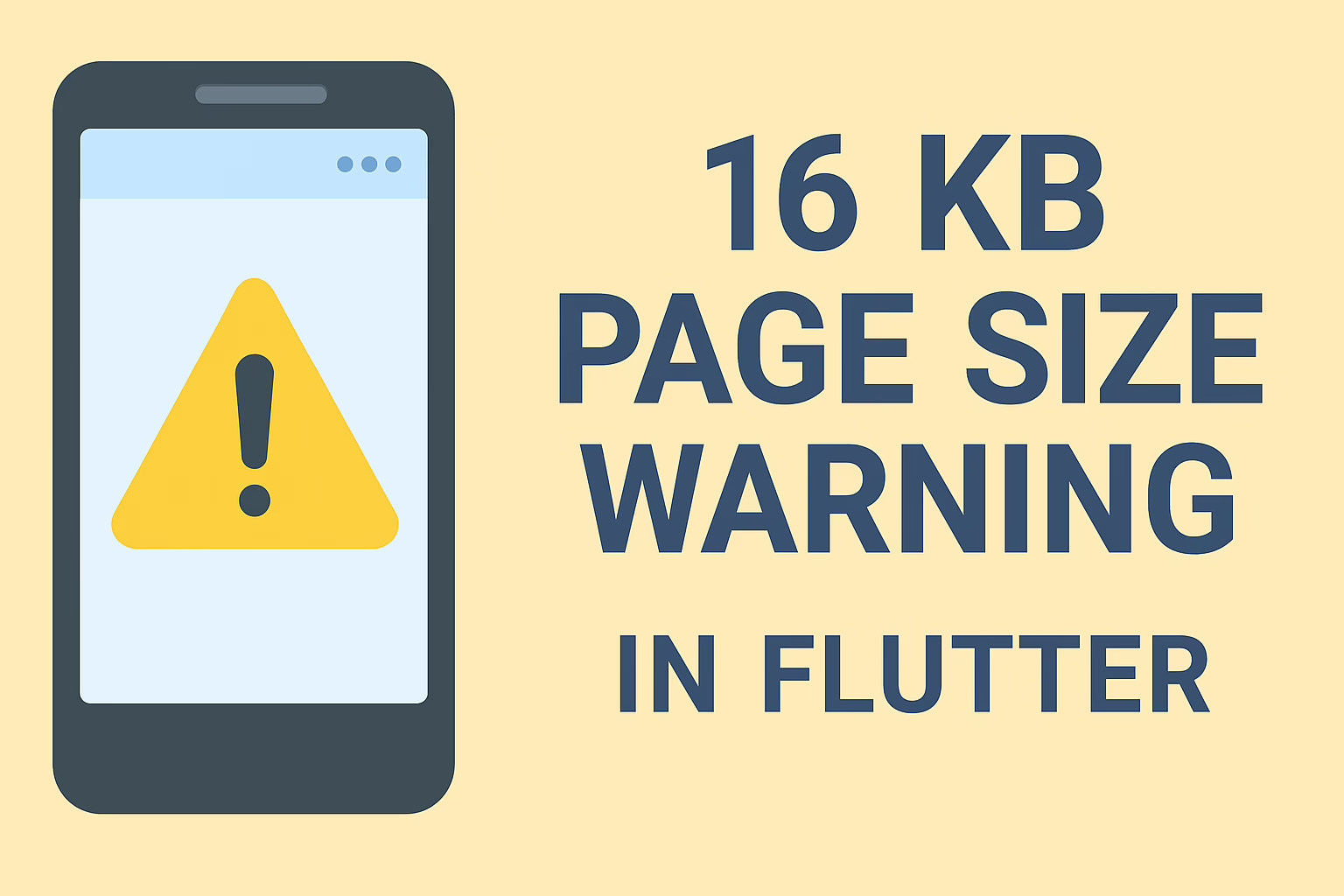When iOS website designing is done, it’s crucial to ensure that our CSS styles are compatible with Safari, which uses the WebKit rendering engine. WebKit-specific CSS properties, prefixed with -WebKit-, enable us to use advanced styling features that other browsers may not support. This documentation overviews these properties and how they can help us achieve a consistent and appealing design across iOS devices.
Why Use WebKit CSS Properties for iOS Website Designing?
Safari on iOS relies on the WebKit engine, which often requires specific CSS properties to ensure web pages display correctly. By using -webkit- prefixes, we can access features and fix issues that may only affect Safari. This ensures that our iOS website designing efforts look and function as intended on iPhones and iPads.
Key WebKit CSS Properties
- Flexbox Layout
Purpose: Aligns and arranges items within a container in a flexible layout.
How It Helps: By using WebKit-specific flexbox properties, we ensure that our layout behaves consistently on iOS devices. This is especially useful for creating responsive designs that adapt to different screen sizes, an essential aspect of iOS website design. - Box Shadows
Purpose: Adds shadow effects to elements to create a sense of depth.
How It Helps: Using WebKit-specific box-shadow properties helps maintain visual consistency by ensuring that shadow effects appear correctly on iOS devices, enhancing the overall aesthetic of our iOS website designing. - Text Shadows
Purpose: Applies shadows to text for better readability and style.
How It Helps: By specifying WebKit text-shadow properties, we can ensure that text shadows are rendered properly, improving the visual appeal and readability of text on iOS devices. - Transitions and Animations
Purpose: Adds smooth transitions and animations to elements, such as changing colors or moving objects.
How It Helps: Using WebKit-specific properties for transitions and animations ensures that these effects are smooth and visually appealing on iOS devices, providing a more engaging user experience.
Example: Creating a Responsive Layout with WebKit CSS
Let’s consider a simple example where we create a responsive layout that adjusts to different screen sizes and includes some interactive effects.This example demonstrates how to use WebKit-specific CSS properties in iOS website designing.
<!DOCTYPE html>
<html lang="en">
<head>
<meta charset="UTF-8">
<meta name="viewport" content="width=device-width, initial-scale=1.0">
<title>WebKit CSS Example</title>
<style>
.container {
display: -webkit-flex; /* For older iOS versions */
display: flex; /* For modern browsers */
-webkit-flex-direction: column;
flex-direction: column;
-webkit-align-items: center;
align-items: center;
padding: 20px;
background-color: #f0f0f0;
}
.box {
width: 100px;
height: 100px;
background-color: #4CAF50;
-webkit-box-shadow: 10px 10px 5px #888; /* For older iOS versions */
box-shadow: 10px 10px 5px #888;
-webkit-transition: transform 1s ease-in-out;
transition: transform 1s ease-in-out;
}
.box:hover {
-webkit-transform: rotate(45deg);
transform: rotate(45deg);
}
.text {
margin-top: 20px;
font-size: 24px;
-webkit-text-shadow: 2px 2px 2px #999; /* For older iOS versions */
text-shadow: 2px 2px 2px #999;
}
.spin {
margin-top: 20px;
width: 50px;
height: 50px;
background-color: #2196F3;
-webkit-animation: spin 2s linear infinite;
animation: spin 2s linear infinite;
}
@-webkit-keyframes spin {
from { -webkit-transform: rotate(0deg); }
to { -webkit-transform: rotate(360deg); }
}
@keyframes spin {
from { transform: rotate(0deg); }
to { transform: rotate(360deg); }
}
</style>
</head>
<body>
<div class="container">
<div class="box"></div>
<div class="text">Hello, WebKit!</div>
<div class="spin"></div>
</div>
</body>
</html>Explanation of the Example
- Responsive Layout:
- The .container class uses WebKit’s flexbox properties to create a flexible layout that adapts to different screen sizes, ensuring that content is centered and organized on iOS devices.
- Interactive Effects:
- The .box element has a shadow effect and smooth transition for rotation, achieved using both WebKit-specific and standard properties. This ensures the box looks good and responds smoothly when hovered over.
- Text Styling:
- The .text class uses WebKit’s text shadow properties to add a shadow to the text, making it stand out and improving readability on iOS devices.
- Animations:
- The .spin class uses WebKit-specific animation properties to create a spinning effect. This makes the animation consistent and smooth across iOS devices.
Conclusion
By using WebKit-specific CSS properties, we can ensure that our website functions and appears correctly on iOS devices. These properties allow us to leverage advanced styling features and provide a consistent, high-quality user experience. Incorporating these WebKit-specific styles helps us create visually appealing and responsive designs, crucial for iOS website designing, that work seamlessly across iPhones and iPads..








